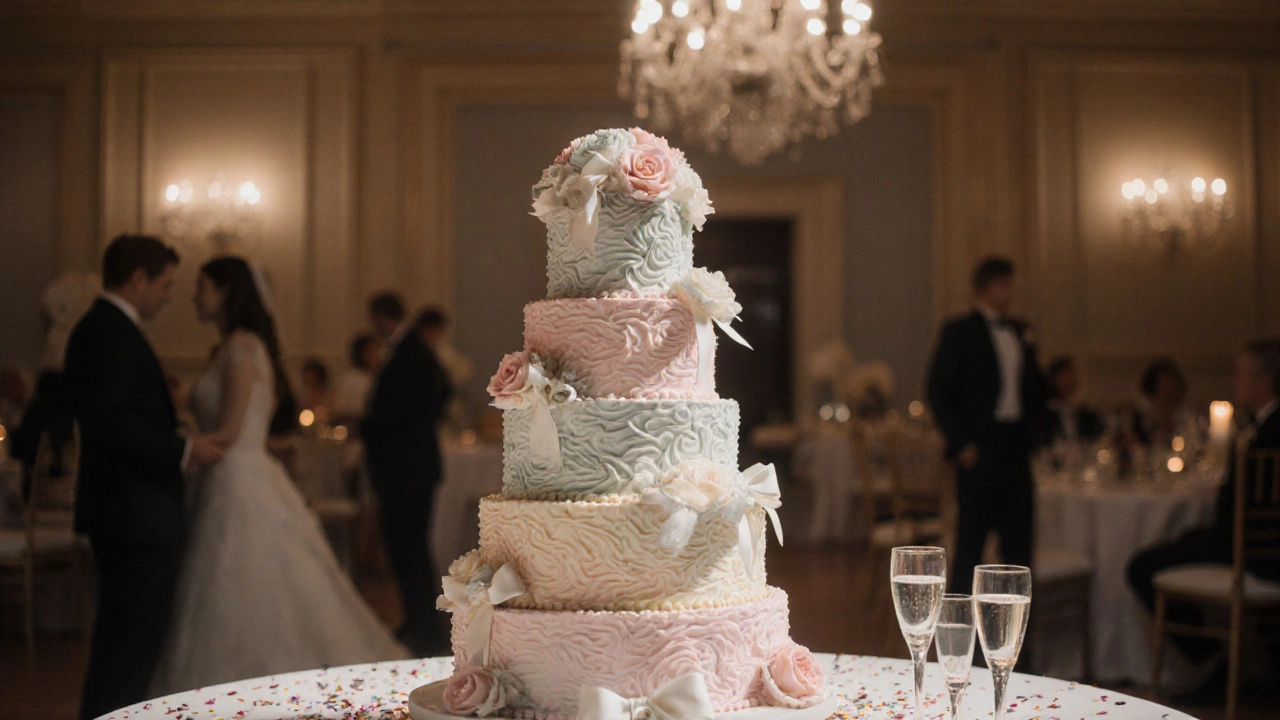Eat Wedding Cake Later: How to Save, Store, and Enjoy Your Wedding Cake After the Big Day
When talking about Eat Wedding Cake Later, the practice of preserving and enjoying your wedding cake weeks, months, or even years after your ceremony. Also known as post‑wedding cake consumption, it lets couples keep a sweet reminder of their vows while avoiding waste.
One of the first things to understand is Wedding Cake Storage, the set of methods used to keep a cake fresh after it’s been cut. Proper storage requires airtight containers, a stable temperature, and sometimes freezing. If you skip these steps, the cake can dry out or develop mold, which defeats the whole point of saving it.
Another key player is Traditional Wedding Cake, the classic multi‑tiered confection that has roots in centuries‑old celebrations. Knowing the history helps you decide whether to preserve a buttercream‑rich tier or a fondant‑covered slice; each material reacts differently to storage conditions, influencing taste and texture over time.
Beyond storage, Wedding Cake Preservation, the broader strategy that includes freezing, drying, and repurposing leftovers, plays a big role in how enjoyable the cake will be later. Freezing, for instance, locks in moisture and flavor, while drying can turn cake crumbs into edible confetti for future desserts.
Key Factors for Safe Cake Preservation
First, temperature control is non‑negotiable. A refrigerator set between 35‑40°F keeps frosting intact, but for long‑term storage you’ll need a freezer at 0°F or below. Second, packaging matters. Use a food‑grade, airtight container or a heavy‑duty freezer bag, and wrap the cake tightly in cling film to prevent freezer burn.
Third, consider the cake’s composition. Cakes with fresh fruit or cream cheese frosting are more prone to spoilage, so they’re best eaten within a week if refrigerated. Fondant‑covered cakes, on the other hand, can survive months in the freezer without losing their decorative look.
Fourth, label everything. Write the date, flavor, and any special instructions on the container. This simple step saves you from guessing which slice is which when you finally dig in for that anniversary bite.
Fifth, plan your Wedding Cake Cutting, the ceremony moment where the couple slices the first piece together. A clean, confident cut not only looks good on camera but also creates a tidy piece to freeze, reducing crumbs and uneven edges that could affect later slices.
Finally, think about repurposing. Leftover cake can be turned into truffles, cake pops, or a hearty breakfast French toast. These ideas give new life to the cake while keeping the original flavor profile intact.
All of these elements—storage, preservation, cake type, and cutting—are interlinked. Choosing a traditional buttercream tier influences how you store it, which in turn determines how well the flavor holds up months later. Understanding these connections helps you avoid common pitfalls and enjoy a slice that still tastes like the day you said “I do.”
Below you’ll find a curated collection of articles that dive deeper into budgeting for cake tiers, the perfect ordering timeline, cutting speeches, and other practical tips. Whether you’re planning to freeze your cake for a year‑later anniversary or simply want to know the best way to keep a slice fresh for a few weeks, the guides ahead have you covered.
Should You Eat Your Wedding Cake a Year Later? The Truth About Preservation
Learn if you can safely eat your wedding cake a year later, the best preservation methods, step‑by‑step freezing tips, and common pitfalls.
View More